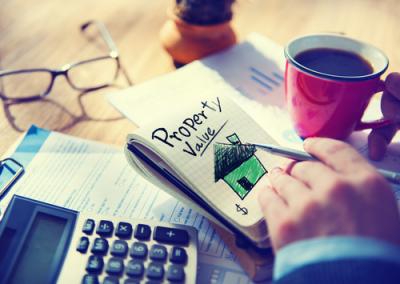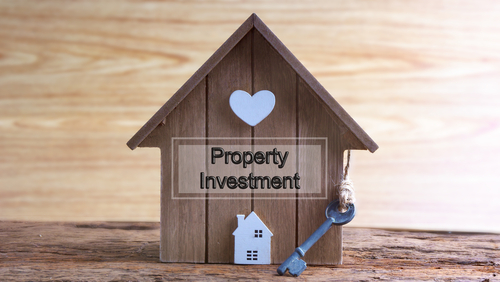A property investment service says investing in the EPC rating of a property before selling can increase sale profits by more than £28,000.
Searchland has analysed the estimated value premiums associated with improving a property’s EPC rating and measured it against the costs of completing the works necessary to bump the rating.
It is estimated that improving a property's EPC rating from a D to C adds three per cent to the market value. Based on the current average house price of £285,861, this is an additional £8,576.
Searchland estimates that in order to implement this upgrade from a D to a C, homeowners would be required to spend £7,401. This means that the real value added is £1,175.
But if the current rating is lower than D, while the costs of upgrading scale up, the research shows that the value added increases at a far greater rate.
Upgrading from E to C, for example, is thought to add seven per cent in value, which is £20,010 based on the average house price. Completing the work will cost £10,148, which means the real value add is £9,862.
The biggest benefits come from upgrading from F to C which increases market value by 15 per cent or £42,879.
The cost of carrying out the upgrades is estimated at £14,670, which means the real value added is £28,209.
To upgrade an EPC rating, work needs to focus on insulation, lighting, heating, and alternative energy.
To upgrade an EPC rating, work needs to focus on insulation, lighting, heating, and alternative energy.
Insulation - Any single-glazed windows must be replaced by at least double-glazing. This reduces the amount of heat that escapes the home, reducing emissions, and slashing household bills.
Insulation of the walls, floors, and ceilings is essential for a good EPC rating and upgrading it is an easy and efficient way of vastly improving the efficiency of older homes.
Lighting - If done without thought, lighting the home can be one of the biggest energy wasters. Upgrading to low energy options, such as LED light bulbs, is an easy and affordable change. And if your score is right on the boundary, it can be enough to push you into a better rating.
Heating - Alongside lighting, heating can be a massive waste of home energy. If a boiler is old or working below its maximum efficiency, it needs to be addressed as a matter of priority because bad boilers drag down EPC ratings like nothing else.
This upgrade can be paired with the introduction of a smart metre which enables you to monitor your energy usage and curtail any unnecessary spend
Renewables - Once all of the above basics have been taken care of, it’s worth considering the introduction of renewable energy sources to the home.
Adding things like solar panels or ground-source heat pumps to the home greatly reduces the long-term emissions of the property, and can help save significant amounts of money on bills. Eventually, you could even sell some of your green energy back to the grid and reduce your costs even further.





















Join the conversation
Be the first to comment (please use the comment box below)
Please login to comment